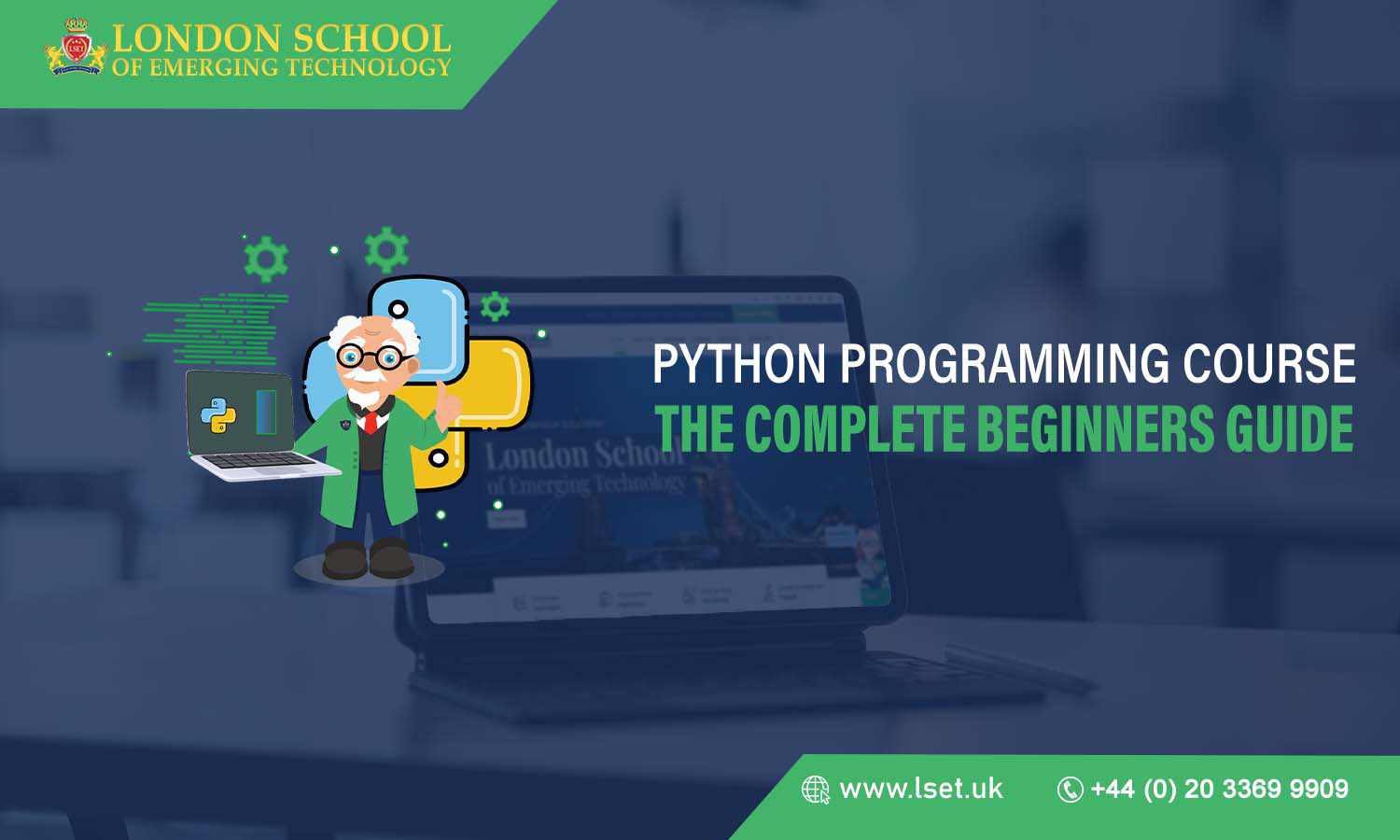Did you know that Python is one of the top programming languages used today? It is also one of the easiest to learn as well. In fact, most people can master Python in just a few hours.
Why Learn Python?
Why learn Python? Well, there are many reasons why this language is so popular among developers. Firstly, it is incredibly easy to learn. Most people can master Python in just a few hours, making it the best choice for beginners. Python is also a great choice for beginners because it is a general-purpose programming language. This means that you can use it to create almost any software you desire! Another reason to learn Python is because it is incredibly powerful. In fact, Python is being used to build some of the most complex software in the world today. With Python, you can create web applications, create software for AI and build software for scientific research. Finally, you can use Python to create software for multiple platforms. This includes Android and iOS apps, software for the web and software for desktop computers. Since Python can be used for so many different applications, it is a great choice for beginners because it will help you build a skill set that will serve you for years to come.
How to Install Python
If you want to start learning Python, the first thing you will need to do is install Python on your computer. Fortunately, installing Python is easy, and you can do it by following these steps: –
- The first step is to visit the Python website and select the “Download Python” button. You can find the download button at the top of the page.
- Next, select the version of Python that you want to install. There are two versions of Python that you can install on your computer: Python 2 or Python 3.
- After selecting the version of Python you want to install, you need to select the operating system that is installed on your computer. There are several versions of Python for each operating system.
- Once you have selected the Python version and operating system, you can select the “Install” button to start installing Python on your computer.
The Basics of Python
Once you have installed Python on your computer, it is time to learn the basics of Python. The following are the basics that you need to know before starting to program with Python.
Data Types – When writing code, we need to have a way to store data. This is where data types come into play. With data types, we can assign specific pieces of data to each variable in our code. The data types that are used in Python are integer, float, string, Boolean and None.
Operators – Operators are used to perform calculations and return a result. This is important because it is how we will make our code do what we want. There are several operators that can be used in Python, including addition, subtraction, multiplication, division, modulus and selection. You can find a full list of operators on the Python website.
Conditions and Loops – Conditions and loops are two important concepts in Python that you need to know. Conditions allow us to create if/then statements in our code, and loops let us repeat a piece of code until the end of the loop is reached.
Strings and Operators
Strings are very important in Python. This is because they represent characters and text in our code. In order to use strings, operators must be applied to them. There are several operators that can be applied to strings, including concatenation, slicing, indexing and replacement. You can find a full list of operators on the Python website.
In-Depth: Conditional Statements, Loops and Functions
Conditional statements, loops and functions are three important concepts in Python that you need to know. Let’s take a closer look at each of these concepts.
Conditional statements – Conditional statements allow us to create if/then statements in our code. This is important because it is how we will create instructions for our code. If certain conditions are met, then we want the instructions to be executed. If the conditions are not met, then we don’t want the instructions to be executed. You can find a full list of conditional statements on the Python website.
Loops – Loops let us repeat a piece of code until the end of the loop is reached. This is important because we can use loops to create instructions that are repeated multiple times in our code. You can find a full list of loops on the Python website
Functions – Functions are procedures that are used to organise our code and make it easier to read. They can be used to perform a single instruction or a series of instructions. You can find a full list of functions on the Python website.
Conclusion
The Complete Python Programming Course: The Complete Beginners Guide is a great way to learn the basics of Python. This course will walk you through all the programming concepts that you need to know in order to start creating Python code. Once you have completed this course, you will be able to create Python code and build your own software. This will help you to start earning money online by creating your own software and selling it to others.

